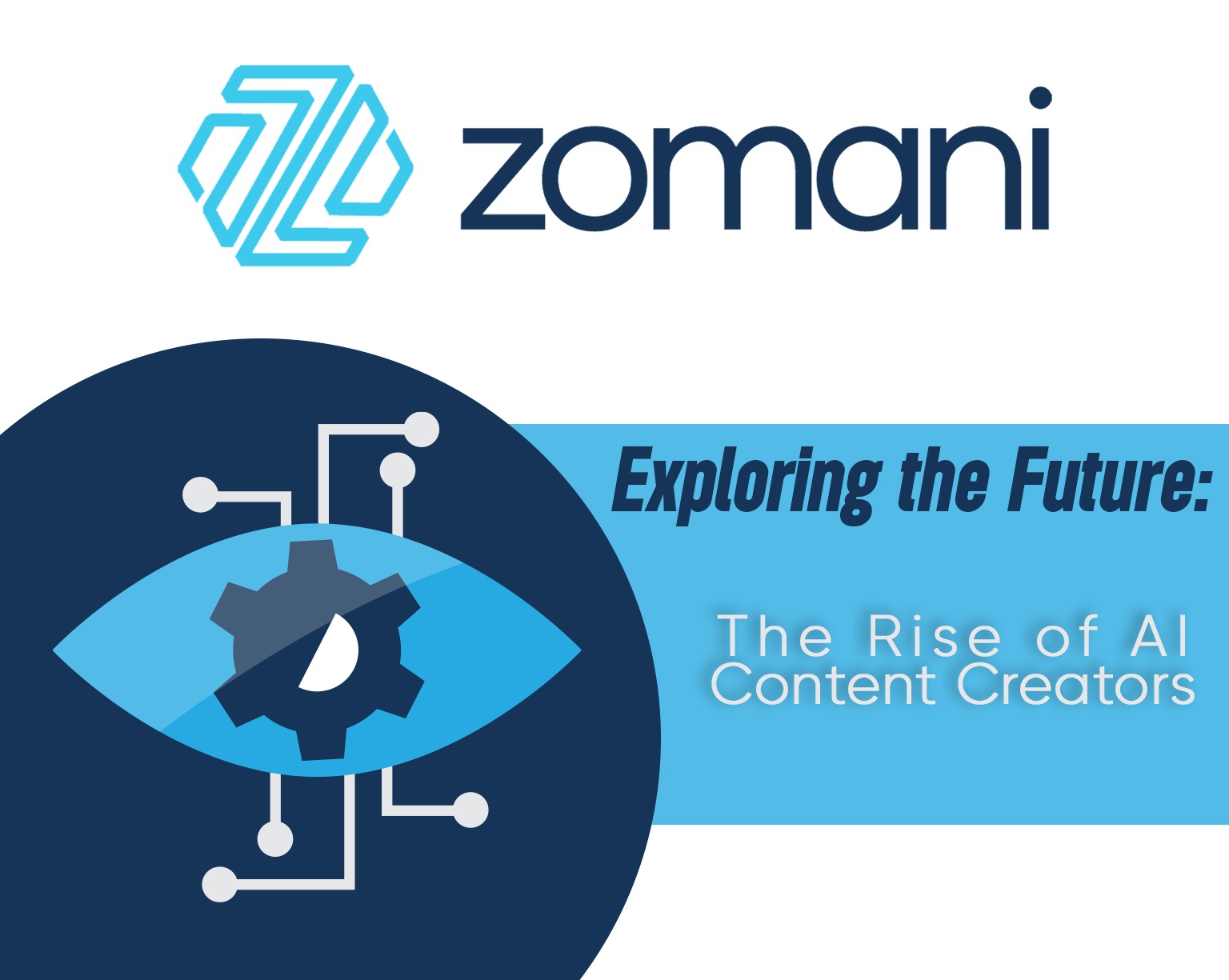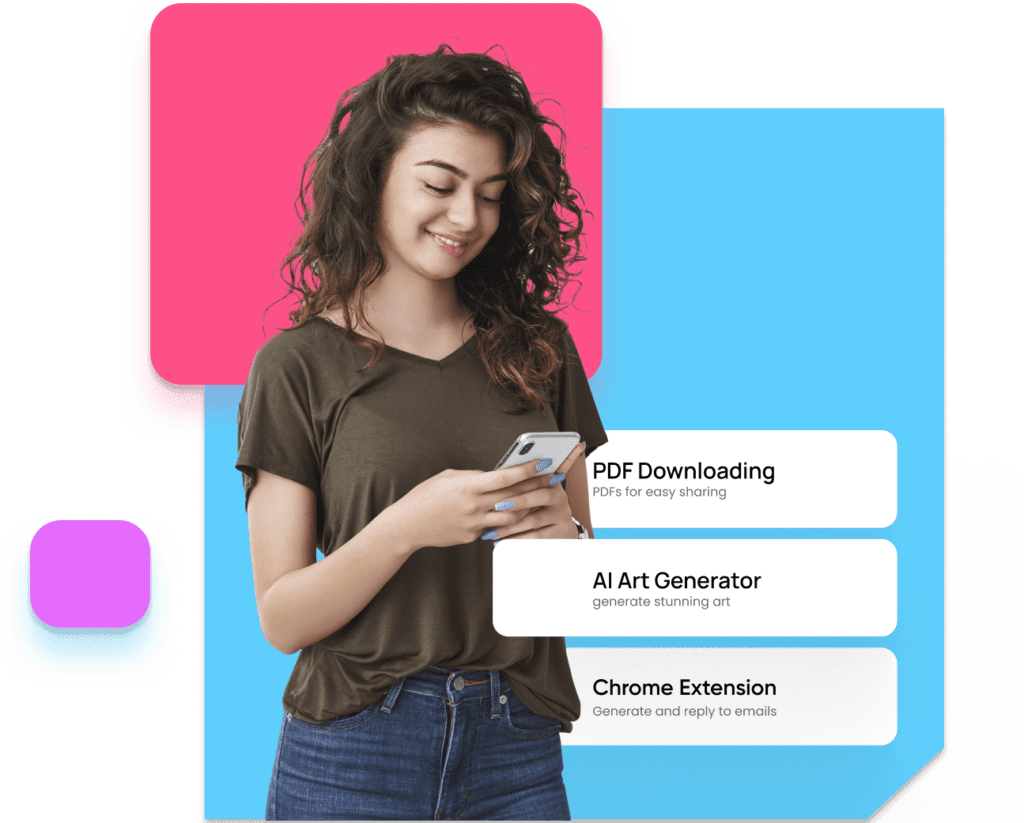In the world of content creation, humans have always been the driving force. Their creativity, understanding of human experiences, and ability to tell compelling stories shape the content we consume every day. But wait, here comes a new player – Artificial Intelligence (AI) content creators. Where did the AI’s idea begin with? Let’s dive into this fascinating journey!
The Seeds of Innovation: Early Developments (1950s – 1980s)

In the 1950s and 1960s, people started trying to make computers generate text using AI. These early efforts laid the groundwork for what we now call AI content creation. By the 1960s, machine translation systems became a big deal. They tried to make computers understand and use human languages, bridging gaps between them. However, this journey had challenges. Early AI systems had limits; they couldn’t do everything, and what they produced wasn’t always what people hoped for.
In the 1970s and 1980s, exploration and experimentation with AI continued. The world of technology was changing, and the idea of AI generating content was becoming more popular. Even with challenges, those leading the way kept going, imagining machines that could understand and create language like humans.
This time was like a seedbed for innovation, laying the foundation for future progress. The dream of AI content creation had started growing. Although the journey was just starting, the innovation planted during these decades would lead to advancements in the years to come. AI kept evolving, shaping how we make and engage with digital content.
The Rise of Machine Learning (1990s – 2010s)
Fast forward to the 1990s – the era of machine learning (ML).

In the 1990s, machine learning becomes a big deal, highlighting the idea that computers can learn and adapt without specific programming. This shift in thinking has significant effects on developing AI, paving the way for the evolution of AI content creation.
During this time, statistical language models become the stars, demonstrating the influence of data-driven insights. Things like personalizing news and filtering out spam greatly benefit from these models, showing how machine learning can be practical in real-world situations. Think about algorithms learning from extensive datasets to predict what users like and to remove content they don’t want – a sneak peek into the future of personalized digital experiences.
This sets the stage for the next big thing – the Deep Learning Revolution. Here, the blending of sophisticated algorithms with massive datasets is going to push AI content creation to new heights. Picture a digital world where machines not only understand but also connect with the complexities of human expression. It’s like entering an era where AI becomes more than just smart – it becomes emotionally savvy, resonating with us in ways we’ve never seen before.
The Deep Learning Revolution and the Explosion of AI Content Creation (2010s – Present)

The 2010s become a crucial period, witnessing a game-changing moment where deep learning algorithms redefine the entire landscape. During this time, the concept of deep learning becomes the driving force behind AI’s evolution. Imagine a digital brain that learns and understands patterns in data, much like the intricate structures of the human brain. This breakthrough, known as deep learning, propels AI content creation to unprecedented levels.
The star of this revolution: Generative Pre-trained Transformers (GPTs)
Generative Pre-trained Transformers (GPTs) are smart language models, trained on lots of data, and they can create text that looks just like what humans write. GPTs act like powerful digital pens, making content for different areas. These smart models do many things, from suggesting things personalized for you to chatbots having natural conversations. The time of AI creating content is a mix of human cleverness and machine expressiveness.

AI is creating a lot of content, like marketing messages, product descriptions, and even stories. The difference between human and machine creativity becomes unclear as AI becomes a big part of making content.
Right now, we are at the edge of today’s world. AI tools not only work with human creativity but also expand the range of what’s possible. The Deep Learning Revolution doesn’t just change how content is made; it sets the base for a future where humans and AI work together, pushing the boundaries of what we can create.
The Future of AI Content Creation: Opportunities and Challenges
What comes next, you ask? Well, AI content creation brings some great chances and ways of getting things done faster, having content personalized, and saving money. But, like every hero, there are challenges. AI content needs to handle ethical concerns, possible bias, and the necessity for humans to oversee and edit. It’s like walking a tightrope – finding the right balance.
Conclusion
In summary, The journey of AI Content Creators from the beginning of AI content creation until now has been truly remarkable. The future of content creation is about collaboration, a blend of human creativity and artificial intelligence, offering limitless possibilities!
FAQs
Certainly! Here are smaller questions and answers:
When did people start trying to make computers generate text using AI?
In the 1950s and 1960s.
What was the big deal in the 1960s regarding AI content creation?
Machine translation systems aimed to make computers understand and use human languages.
What was a key development in the 1990s regarding AI?
The rise of machine learning became a big deal.
What did statistical language models do during the 1990s in AI content creation?
They personalized news and filtered out spam.
What is the Deep Learning Revolution in AI content creation?
It’s a period where deep learning algorithms redefine the entire landscape.
What are Generative Pre-trained Transformers (GPTs)?
They are smart language models trained on lots of data that can create text similar to human writing.
What is the significance of the 2010s in AI content creation?
It’s a crucial period where deep learning algorithms propel AI content creation to unprecedented levels.
How does the text describe the current state of AI content creation?
AI tools not only work with human creativity but also expand the range of what’s possible.
What opportunities and challenges does the future of AI content creation bring?
Opportunities include faster work, personalized content, and cost savings, while challenges involve ethical concerns and the need for human oversight.






